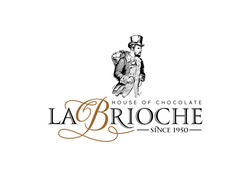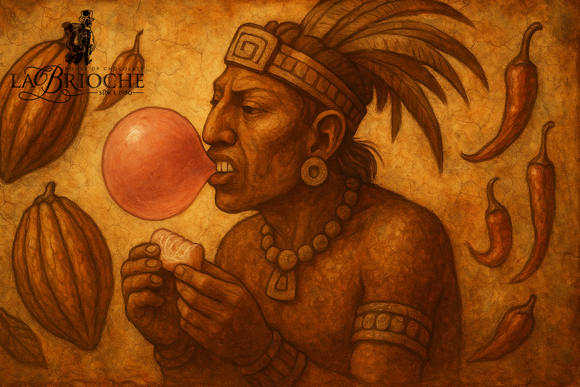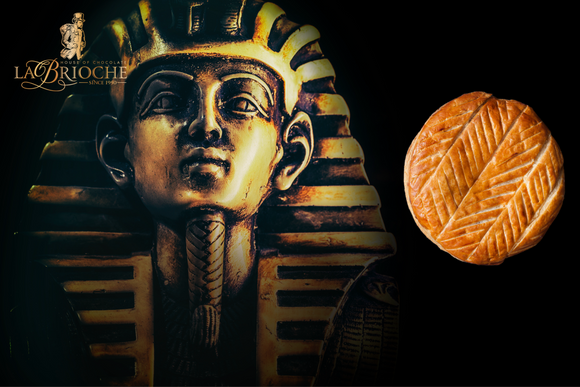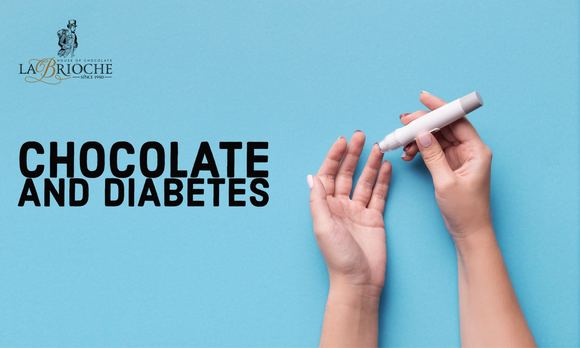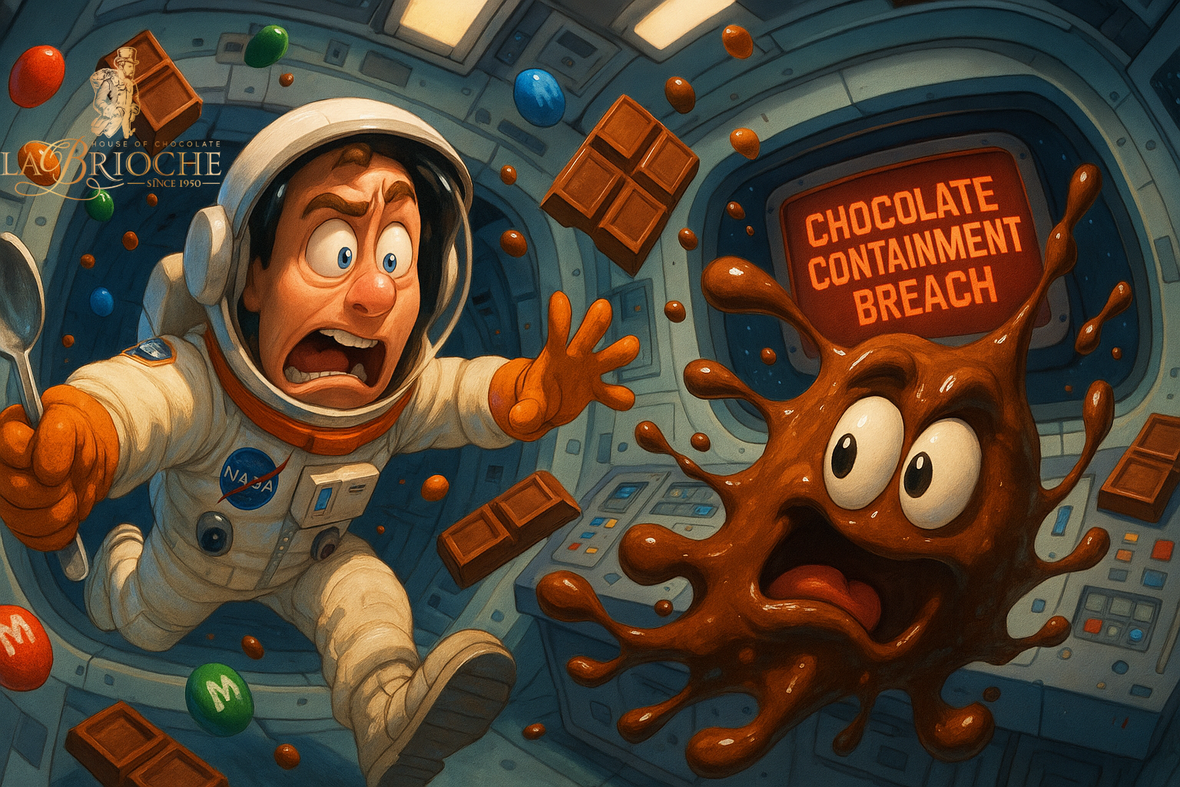
Why Astronauts Risk It All for Chocolate (And Science Does Too)
Omar Adnan Jabri
The Cosmic Love Affair: How Chocolate Became an Astronaut’s Secret Weapon
A Crummy (But Delicious) Problem
Picture this: You’re an astronaut, floating 250 miles above Earth after a grueling day of spacewalks and experiments. You’re craving comfort food—something to remind you of home. You reach for a chocolate bar, unwrap it eagerly, and… *disaster*. Instead of melting in your mouth, it melts into a rogue, blob-shaped menace, threatening to gum up $150 million worth of equipment.
This isn’t sci-fi—it’s the real, sticky challenge of eating chocolate in space.
Why Chocolate and Zero-G Don’t Always Mix
The Heartbreaking Physics of a Melty Moment
On Earth, chocolate is a masterpiece of food science. It melts just below body temperature, releasing waves of creamy, dreamy flavor. But in space?
No gravity means no "drip." That satisfying melt turns into a floating, amorphous blob.
Heat behaves weirdly.Without convection, one side of your chocolate might scorch while the other stays stubbornly solid.
Tempering goes rogue.That perfect *snap*? Hard to achieve when cocoa butter crystals form in zero-G chaos.
Imagine trying to eat a M&M that doesn’t melt in your mouth, but just… hovers there, says Dr. Maya Cooper, a former NASA food scientist. It’s not exactly the comforting experience astronauts hope for.
How Astronauts Actually Eat Chocolate (Without Losing Their Minds)
The M&M Loophole
NASA learned early that crumbs are a nightmare in space (they clog filters, float into eyes, and generally wreak havoc). So while loose chocolate chips are a no-go, M&M’s got the green light—their candy shell contains the mess.
But here’s the catch: Astronauts don’t actually love them.
M&M’s are fine, but they’re not *real* chocolate,"* confesses retired astronaut Don Pettit. *"What you really want is something that melts, that feels like home.
The Secret Stash
To combat space blues, NASA sneaks in higher-quality chocolate where they can:
Milky Way bars (less crumbly than most)
Special dark chocolate squares (flown up on resupply missions)
Chocolate-covered espresso beans (for a caffeine *and* serotonin boost)
I had a stash of good chocolate in my personal locker, says astronaut Nicole Stott. *"On tough days, that little piece of Earth made all the difference.
The Bizarre Science of Space Chocolate (And Why It Matters)
Cocoa Butter: The Accidental Space Lab Hero
Turns out, chocolate isn’t just a morale booster—it’s a scientific goldmine. Cocoa butter behaves a lot like drug coatings in pills, so NASA and ESA have run experiments to see how it crystallizes in microgravity.
We’re not just studying chocolate for fun, laughs ESA materials scientist Dr. Stefan Fox. *"Well, maybe a little. But this could help us design better medicines for long spaceflights.
3D-Printed Chocolate: The Future of Space Desserts?
The European Space Agency once explored printing chocolate in zero-G—with mixed results.
The first attempt looked like a Picasso sculpture,admits food engineer Luca Parmitano. But imagine a future where astronauts ‘print’ a fresh chocolate bar on Mars. That’s worth the mess.
---
The Ultimate Question: Will Mars Settlers Eat Chocolate?
The Case for Space-Grown Cocoa
Cocoa trees need humidity, shade, and stable temperatures—none of which Mars is known for. But scientists aren’t giving up:
Hydroponic experiments on the ISS suggest we might grow cocoa in space greenhouses.
Lab-grown chocolate (yes, it’s a thing) could skip farming altogether.
Luxury Worth the Weight?
Chocolate is heavy, and every ounce launched into space costs thousands. But psychologists argue: You can’t put a price on happiness.
On a two-year Mars mission, you *need* little joys, says Dr. Cooper. A piece of chocolate might seem small, but it’s a taste of the world you left behind.
Conclusion: Why Chocolate Belongs in the Final Frontier
Space is hard. The food is freeze-dried, the work is exhausting, and Earth feels heartbreakingly far away. But chocolate—messy, imperfect, and utterly *human*—reminds astronauts (and future Mars colonists) that joy can travel anywhere.
Even if it sometimes floats away in blobs.
🚀 **Final Thought:** *In 1962, John Glenn became the first American to orbit Earth. His snack? Applesauce. Today’s astronauts demand better. The future of space travel may depend on it.*
Omar jabri
